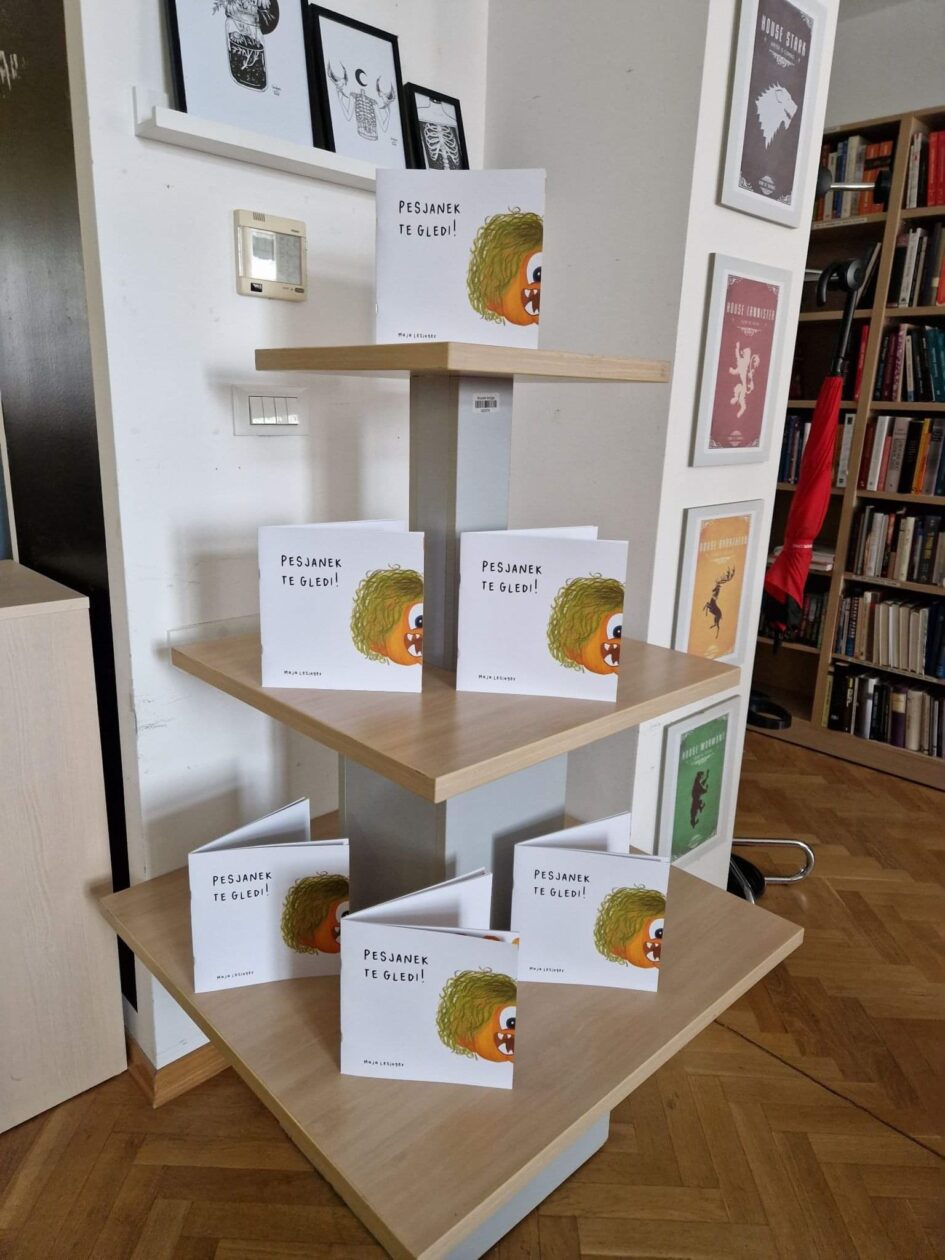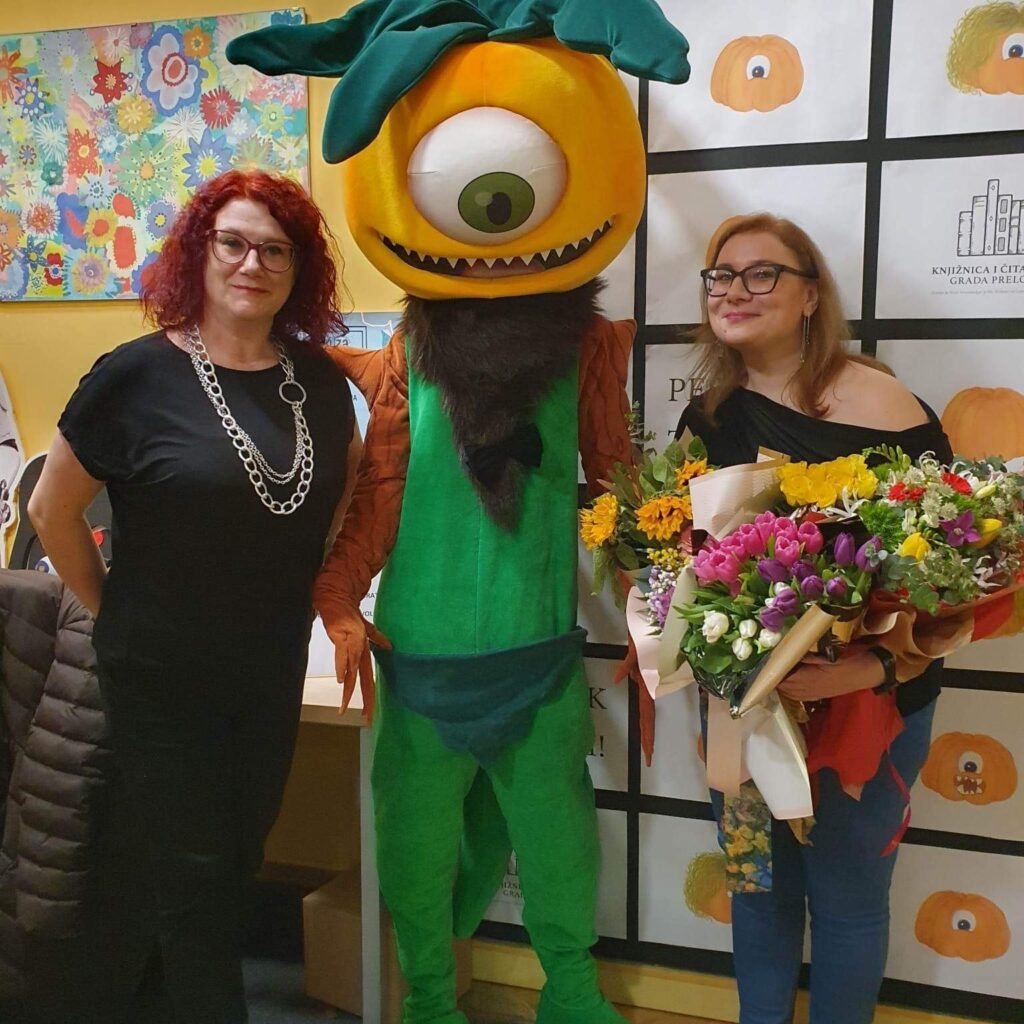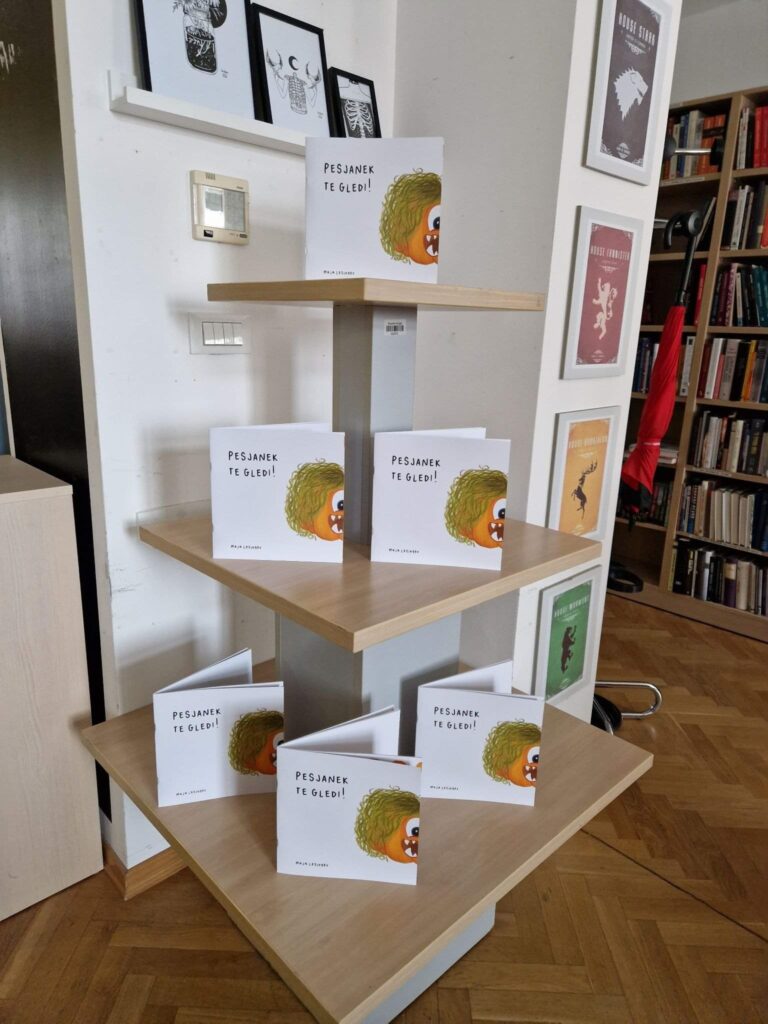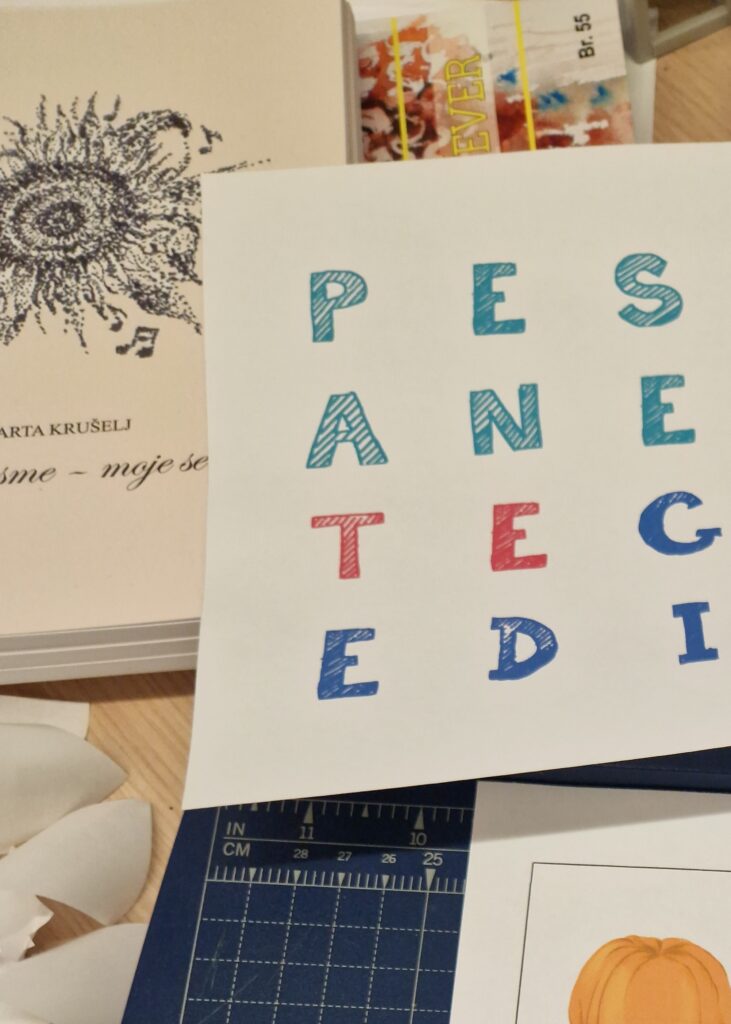Prelog is a small town in the north of Croatia. The fast and lively Drava River left an immeasurable mark on the spiritual, secular, economic and urban aspects of the life of the it’s people. In addition to the river, which is partially trapped in the largest Croatian reservoir lake, there are hidden backwaters of the old stream, ponds and swamps hidden by sedges and willows, which are a kind of reflection of the former wild nature that shaped people and their lives. In the past, the river was used for the transport of various goods, gold and gravel were mined in it, cattle and their herders were bathed, clothes were also washed, and mills were built for grinding grain. Children and adults spent most of their time outdoors, fishing and riding special Drava boats called “čon”.
In addition to the beautiful untouched and somewhat well-organized nature that is abundant with animal and plant species, the river offers a place for family gatherings, recreation and bird watching. All of today’s attractions used to be everyday life, so with life by the river came stories that warned children and young people of the dangers that hid in whirlpools, fast currents and deep, cold water. Dangers merged with inexplicable scenes and took on unusual forms of supernatural beings such as watermen, fairies, witches, etc. However, one monster remained permanently recorded in the collective consciousness of the city, and that is the “pesjanek”.
Pesjanek is a monster with a yellow face like a ripe pumpkin. His arms are as long as willows, his fingers are like reeds, his legs are like frogs’ legs, his chest is hairy like a horse’s mane, and his tail is as long as a lizard’s. Because of his mother’s curse, he has only one eye, but with it he can see everything. It sleeps in the hidden backwaters of the Drava, covered with sedge, algae and mud. The sight of him petrifies people with fear, and the roar freezes the blood in their veins.
In order to preserve the tradition of telling the story of the terrible creature in a written work, the employees of the Prelog Municipal Library embarked on a long and arduous journey of reviving the legend, not only about pesjanek but also about other mythical creatures connected to the river.
On Friday, January 27, 2023, the first heritage picture book from Prelog called “Pesjanek te gledi!” (Pesjanek is watching you!) by author, librarian and library director Maja Lesinger was presented. The picture book is the culmination of a long -standing work by the employees of the Library on the revitalization and popularization of local myths and legends of the Drava region. The publisher of the publication is Prelog Municipal Library with the financial support of Town Prelog, and it was conceived as the first in a cycle of thematically similar works for children. The picture book will be included in the native collections of local libraries, but also in the fund of libraries across the country.
The picture book “Pesjanek te gledi!” is a heritage picture book based on a local mythical creature that lives along the river Drava near Prelog – pesjanek. It is intended for children from 1 to 5 years of age. The text is written in a conversational Kajkavian dialect, and the story is a kind of deconstruction and reconstruction of the description of the creature and its characteristics. The artistic expression can be called minimalist, which contributes to the easier reading for beginner readers, as well as for those with reading difficulties – the text is written in capital letters and an easy-to-read font. The style of the literary work is also suitable for use in bibliotherapeutic purposes, and additional didactic materials are being prepared to be available online for free.
It is important to note that the sisterhood in the NAPLE Sister Libraries programme with the Biblioteca Popular Circulante “Menéndez Pelayo” from Spain resulted in several joint collaborations with the theme of folklore and myths, as well as joint activities and the exchange of stories, videos and photos of the associated localities. Also, in addition to cooperation and the transmission of stories, the tourist potential of library products (picture books, festivals) was considered as part of the idea of bibliotourism and the influence of small libraries in their towns.
The new era of globalization and digitization presents us with great challenges, among them the preservation of our cultural heritage and passing it on to younger generations. It is the basis for recognizing, defining and confirming the cultural identity of an individual nation. Tradition and heritage always remind us of who we were and who we are. They need to be nurtured and passed on to younger generations in order to give them a better future. Heritage is a never-ending source which needs to be protected and guarded but also proudly shown to the world. Libraries are natural keepers of stories so it was logical to start this adventure. Also the story is really close to one librarian’s heart as her late grandfather used to tell it to her. So it is only right she continues the tradition.
Author of the text: Maja Lesinger, director




Leave a Reply